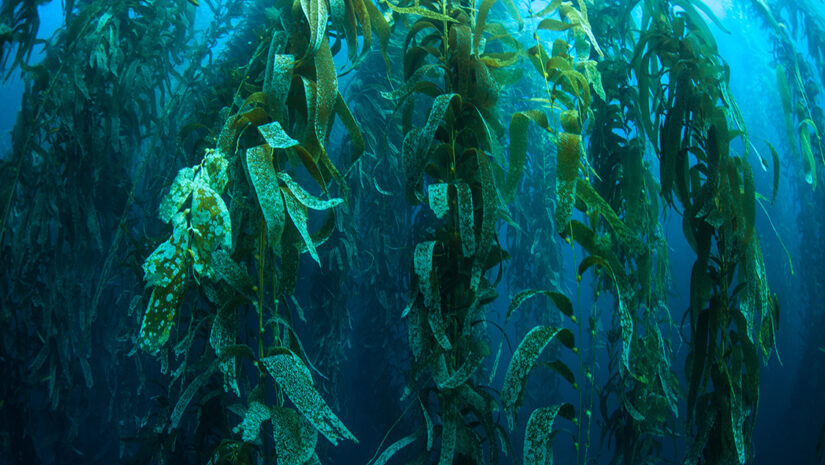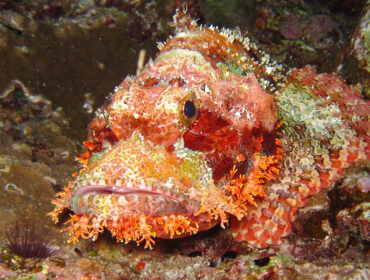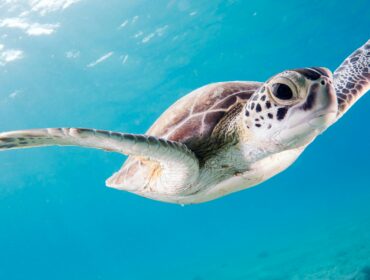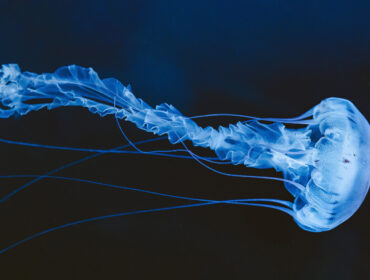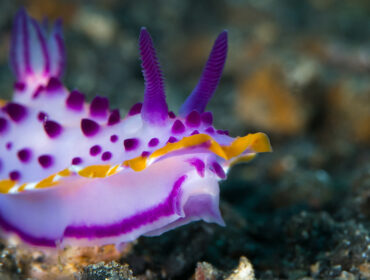Algae are some of the most overlooked but essential organisms on the planet. They are simple-celled organisms that often use photosynthesis to gather nutrients. They can be found in freshwater, but many different types of marine algae fill the world’s oceans. Most of these algae are complex organisms more commonly referred to as seaweed.
Giant Kelp
The giant kelp is one of the most notable marine algae on earth. Giant kelp is a green-brown seaweed common in shallow waters in the Pacific Ocean, specifically along North, Central, and South America’s Western coast. Giant kelp is almost the fastest-growing organism on the planet. It grows to about 160 feet long and, as it matures, can grow at a rate of about two feet per day.
Giant kelp is vital for many reasons. It forms significant habitats and shelters for a wide variety of marine life. In addition, many people can also benefit from raising and harvesting giant kelp. Products produced from this kelp include alginate, iodine, and potassium. Giant kelp can also be a food source for farmed marine life.
Codium Fragile
Another fascinating type of seaweed in the ocean is Codium fragile, more commonly known as green fleece seaweed or dead man’s fingers. Codium fragile is, as its nicknames imply, a fluffy, spindly, bright green species that grows in small clumps. This seaweed generally clings to rocks and can be about a foot long.
Codium fragile is originally thought to have come from Asia. However, this species has gradually drifted worldwide and has become invasive in many areas. This alga can now be found in Europe, Norway, Denmark, Asia, and along the eastern coast of the United States.
Gracilaria
Gracilaria is a type of bright red algae. This seaweed, which has several different species, is found worldwide. It grows in thin, spindly branches and resembles a clump of wiry red wool. Gracilaria is lovely to look at and an important species because it is heavily used in some Asian cuisines. This seaweed is popular with Hawaiian, Filipino, and Japanese chefs. The agar the seaweed produces is often used to make jellies, sweets, and sticky, savory dishes. In addition, this agar is sometimes used in scientific experiments.

